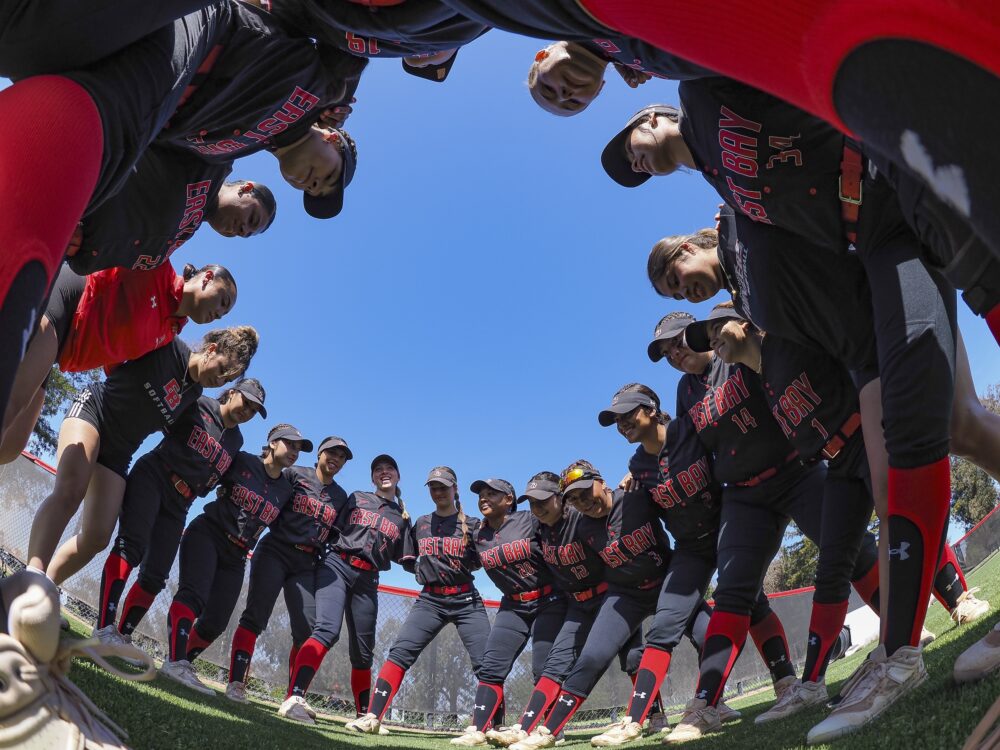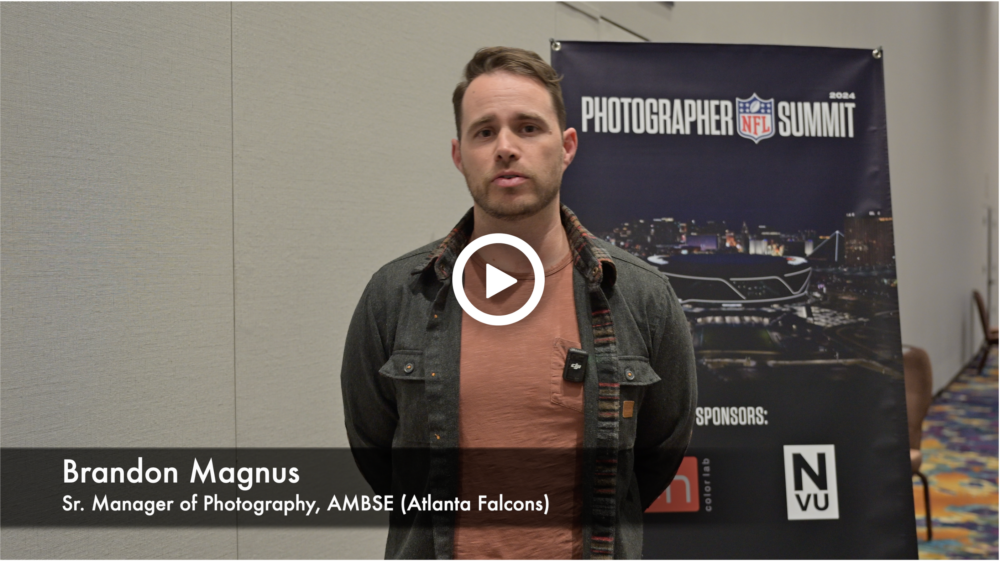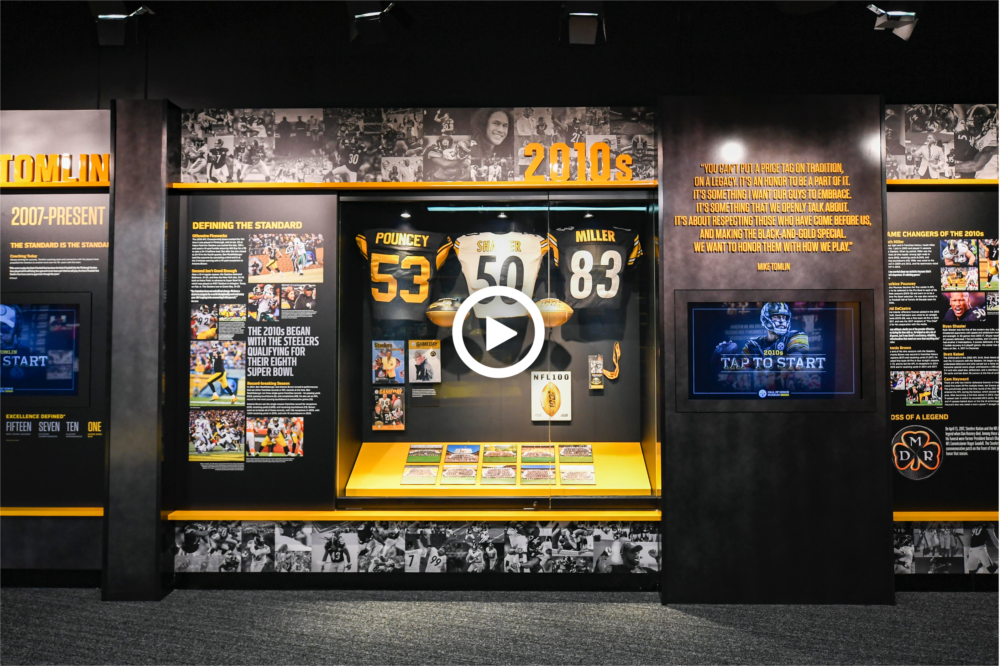Share
Powering Visual Storytelling on Campus: The ROI of DAM at Central Oregon Community College
How Central Oregon Community College leverages PhotoShelter to drive more applications.

Aimee Metcalf and her team at Central Oregon Community College tell stories to make a personal connection with students and prospective students. Their stories – and their audiences – run the gamut.“We have traditional age students who are right out of high school and we have people who are in their 40s, 50s and 60s who have never stepped foot on a campus,” explains Aimee. “For them to be able to see other people who look like them and sound like them and have backgrounds like they do, that’s what it’s all about. That begins to make them think, ‘Hey, I can do this too. I think I’m going to be comfortable there. It looks like a welcoming place. That person did it, I think I can do it, as well.’”
But a year ago, Aimee and her team realized they were facing a roadblock. Their photos were “a mess,” and they struggled to find the right assets when they needed them to tell a story. When they ran into our team at the National Council for Marketing & Public Relations (NCMPR) annual conference, they knew a digital asset management (DAM) system was just what they needed.
They moved all their photos to a cloud-based media library, and now they’re seeing its impact across campus. Team members can quickly search for photos and use them to tell stories, which has a powerful ripple effect.
“When you see those success stories, that’s what it’s all about – students who never ever thought they were college material and were scared to death to pick up the phone and call, and in a couple of years they have great jobs, great careers, or are ready to transfer on,” explains Aimee. “And when the story that you told made them willing to pick up the phone and walk in the door, it’s a great feeling.”
Get the whole story straight from Aimee:
Q&A on the ROI of DAM with Aimee Metcalf
Want to check out the transcript? Read through Aimee’s answers below!
Kristin: Tell me about how you use visual storytelling at Central Oregon Community College. Why is visual storytelling important to your team?
Aimee: We have used visual storytelling as a way to really engage with our student population and without it, I think it’s really tricky to connect with students on a personal level. It’s a way to get people excited about where they’re going, and then, once people see other people who have been featured, they get excited about sharing their story and helping us continue that connection.
Kristin: How has PhotoShelter helped your team tell stories?
Aimee: Oh my gosh, before PhotoShelter, we were a mess… it’s all about organization and access. Before we used PhotoShelter, we had photos, images on individual drives, and so if we had a photo and we couldn’t find it on our computer, then we had to go track down the other person in our office and see if they had it. And, you know, we were asking two or three different people if they had that image – it took their time to go and search and try to find it.
Everybody had a different naming protocol, so it made it really challenging to even find the images, even if we could all remember what the image was. So it was really a disaster. Bottom line, it was a disaster. And once we got PhotoShelter, it made it so much easier.
And we’re still not there yet, but what we’ve really found with PhotoShelter is they help you. Their support is incredible. We were stuck when we first purchased PhotoShelter because it felt like a really big project and we felt like we didn’t have the expertise to implement it. But what we realized is that if we would just reach out – actually PhotoShelter reached out to us and said, ‘hey, how’s it going, what’s happening,’ and we said, ‘we haven’t done anything!’ And they said, ‘what can we do?’ And so, we set up a couple of meetings where we could ask questions. They helped us get started so we could feel like it wasn’t overwhelming and that we weren’t doing it on our own. They helped us connect with other colleges that were doing the same thing, so it made such a difference for our team.
Kristin: What’s the ripple effect of PhotoShelter?
Aimee: I think it’s just made our work so much easier and more accessible so we can share our images with people who are doing projects. For example, our foundation just did a video for their foundation dinner for their scholarship recipients and we were able to easily share a gallery with the person who was putting that video together. And it was lickety-split fast, and they loved it and were so excited, and actually, once they saw how easy it was to use on their end, they contacted us and said, ‘hey, can we get access to more?’ Because they wanted to use more of the images once they saw how easy it was. So it’s just made our jobs so much easier, and now we can find what we need quicker.
With PhotoShelter, we feel like we’re ok in this area. We’ve got the image library thing covered, and so as long as we do our job and do it well, that’s going to be good to go.
Plus, we understand that that’s going to set people up for years to come. So before we all came to our office, the people before us, they were all putting things on microfiche and scanning images and saving them in different locations, and they were on CDs and different things. But now we know that for the foreseeable future, this is going to be the way that we can archive and store images and be able to have access to them for years and years and years, so it feels like you’re not only doing really good work for yourself, but you’re preparing those that come after you to also be set up for success.
Kristin: Any tips for your peers who are in the same position you and your team were in a year ago?
Aimee: (Laughs) If you’re overwhelmed, just do it. And honestly, that’s what we did. We were scared we didn’t know enough to actually purchase the product, and we said, ‘you know what? We’re going to do it anyway because right now our office is a mess, and if we don’t do something, we are really going to miss the boat.’ And PhotoShelter made it easy. And like I said, they reached out to us and they said, ‘how can we help?’ And they were so encouraging and delightful to work with and said, ‘we’re going to walk you through this, we’re going to make it happen.’
Kristin: Anything you want to add about the NCMPR conference? Note: we caught up with Aimee at NCMPR 2017, a year after we first met at NCMPR 2016.
Aimee: When you come here, everyone is willing to share their success stories but also their failures, so you really feel like you’re able to make progress and you’re able to connect with other people – and that’s what it’s all about.
All photos courtesy of Central Oregon Community College.



